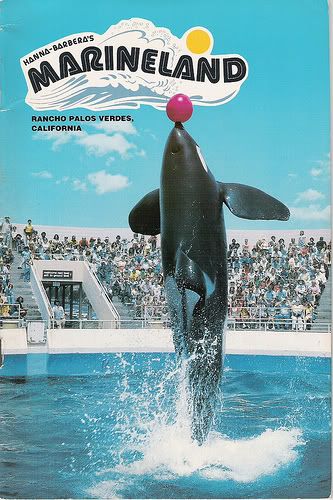The above video has been circulating through the web for quite a while.
Most people I know think it is great but from an animal behaviorist and animal training perspective–it is a bad, bad example of what to allow between a child and an animal.
Why?
First of all, most of the humans that get bit by dogs are young children.
The dog in the video appears to be well socialized and tolerant of the antics of the young child but most dogs would not be–which is why there are over 4.7 million reported dog bites annually in the United States.
Did you read the Dog Bite Report & Prevention Tips post? If not do so now.
Can you see the dog’s less than enthusiastic response to the kid in several sections of the video?
Can you identify the potential risk surrounding the stick interactions?
The dog has a great temperament and is well behaved with this boy but what concerns me is how many people will think that this type of interaction between and animal and child is safe.
Most people do NOT recognize the subtle communication that animals give and this video is a good illustration of how people misinterpret or completely miss what an animal is communicating.
Yes, the dog and boy enjoy each other.
However, the kid engages in behaviors that the dog does not like and the dog shows that he doesn’t like them–it is just subtle.
Most don’t catch what an animal is communicating until the animal conducts an overt display or until it becomes a big issue resulting in a growl or bite from the animal.
I am not saying that this particular situation would result in trouble but it could and that is what I want people to see and realize.
Because this video was sent to me by a pal just after a lengthy conversation about a related topic that a client and I discussed at length this morning, I thought it would be a good introduction to get to my point.
During our morning conversation (during dog training), I pointed out subtle early stress signals her dog was communicating while we were out in public.
That evolved into another discussion related to the actions people take (or allow) around animals that are inappropriate.
We were working a fear aggressive dog out in public and were training the animal to not panic at the threshold of his critical distance.
Critical distance is basically his safety zone, breach that zone and he reacts.
The threshold is the distance slightly closer than his safety zone–the distance where he may not react but where he is not completely comfortable.
The lesson was to teach her how to identify the dog’s current critical distance in public and to find the threshold so she could desensitize and habituate him to novel stimuli.
Translated this means that we were working at getting him comfortable in situations that in the past might have triggered a stress response.
Although he was calm, when he saw people (or animals) approach, his stress level shifted slightly.
My client could not identify this subtle shift–it took a long time to get her to “read” her pet.
During this exercise (we were off the beaten path), a woman with dog decided to suddenly approach and breach the threshold.
That woman was oblivious, even though my client’s dog began to react adversely. (I mentioned this before in another situation where I wrote about the bikers who didn’t read the dogs accurately earlier in the week in Training Talk: Who is at Fault?)
What ensued was a long conversation about whether or not members of the general public were ignorant or just plain stupid.
LOL
My point is this: Most people do not accurately “read” (aka identify) animal behavior or body language. And that simple fact is what leads to trouble.
But seriously–what is going on?
Are we so far removed from the animal world these days that we have lost that connection to understand animals and so remain totally oblivious to their presence or moods?
AND also fail to respect their presence and moods by altering our behavior?
How many people misinterpret animal behavior and expressions instead of seeing them as they really are?
Take a look at these definitions:
Ignorant: lacking knowledge or comprehension of the thing specified
Stupid: given to unintelligent decisions or acts : acting in an unintelligent or careless mannerSemantics aside–our pondering made us both laugh over this but it is a serious concern that seems to keep coming up lately.
So, what my rant boils down to is that there is a benefit to learning to read animal behavior and adapting human behavior in response to what animals communicate.
My client asked, so wouldn’t it be an advantage to learn to read animal behavior before training an animal?
The answer is yes.
It is also why I assign a lesson (outlined in the free audio class for subscribers) for new clients to watch their animal closely for the first week prior to meeting with me for lessons.
I’d be interested in what your opinion is on this topic. Leave your comment below.
While you are at it please also tell me if you are you able to identify those points in the video where the animal is tolerating the child rather than enjoying the interaction.



